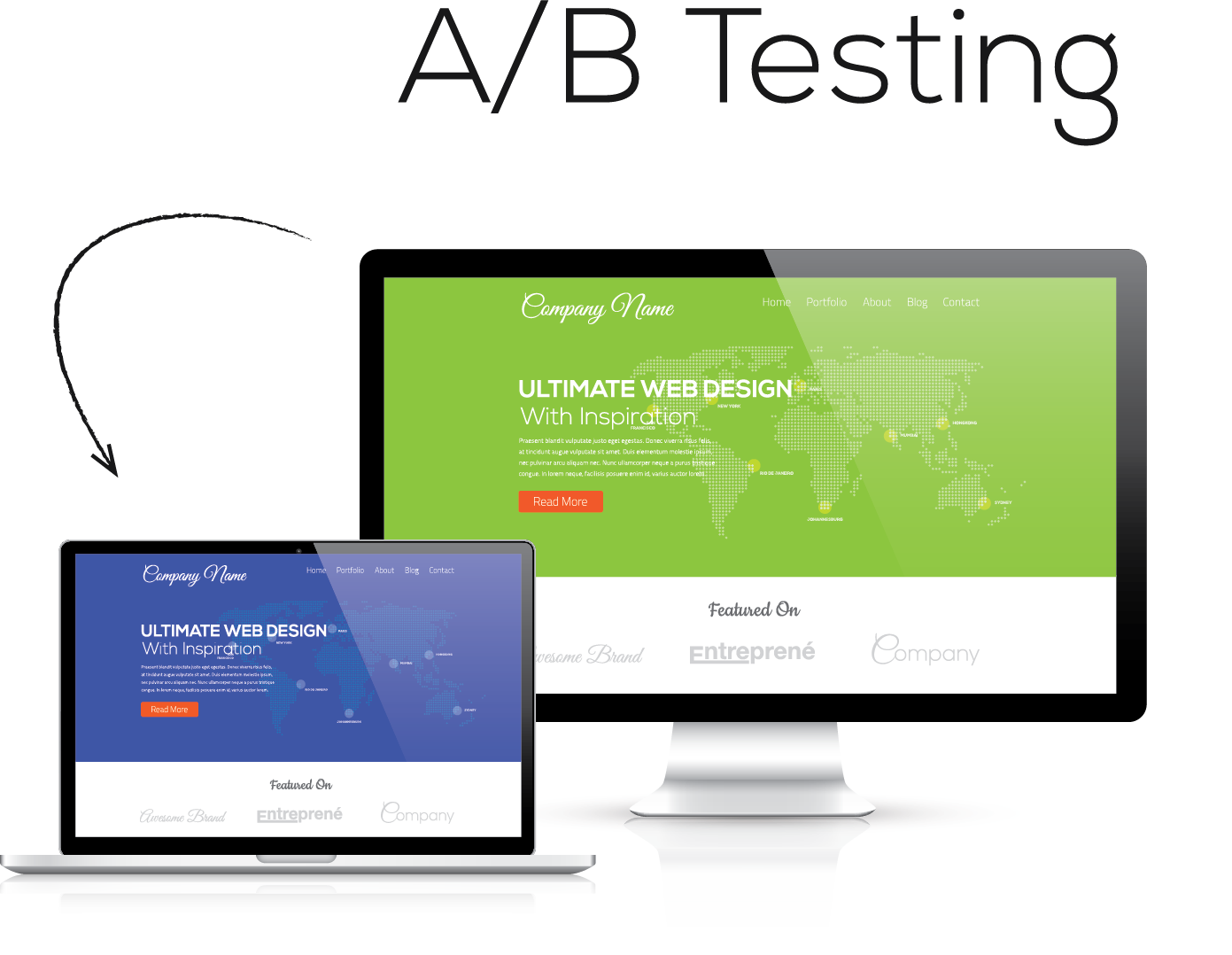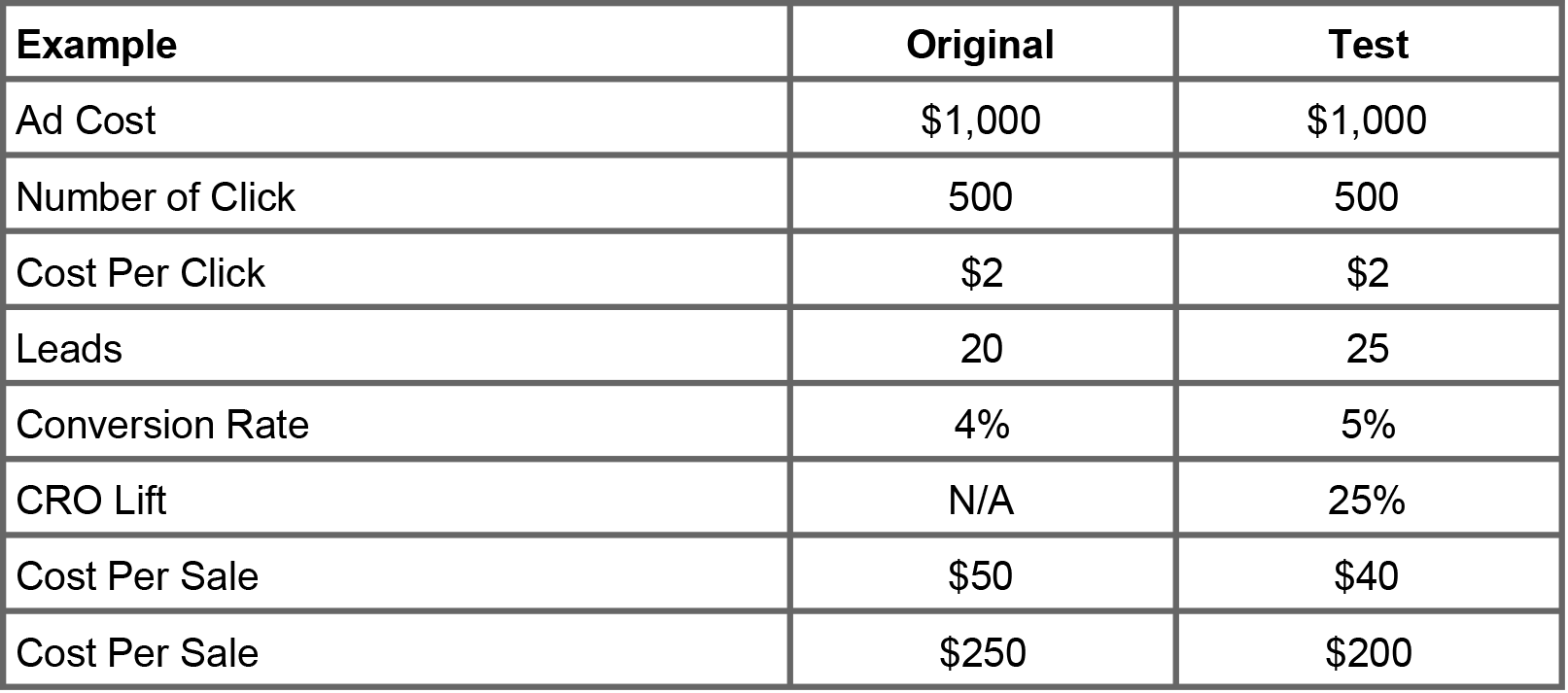Conversion Rate Optimization is essential to any digital marketing program. It is the process of turning more of your website visitors into leads and paying customers. Without it, any investment you make in driving traffic to your website, through SEO, paid advertising, and other means, will surely go to waste!
The average consumer spends no more than 8 seconds reviewing your website before leaving; and when visitors bounce from your site, they usually never return. So, if you’d like to see a return on your digital marketing investment, it is crucial to dedicate time toward optimizing for conversions.
The CRO team makes a series of minor adjustments to your website and landing pages to maximize lead capture, minimize bounce rates, and keep visitors coming back.
We start by auditing your existing website performance, then focus on running A/B tests on pages where visitors spend the most time. We duplicate the page, splitting site traffic between the original page and a test page to see how visitors respond. Once our A/B tests have reached statistical significance, we implement changes to your site.
The result? Every test we run provides valuable insight into how your visitors interact with your website. As we make tweaks to optimize the website experience, your conversion rate, lead capture, and online sales should increase.


Say you spend $1,000 on paid advertising without optimizing for conversions on your website. On the left, you’ll see an example of a client who spent about $2 every time someone clicked on their ad (that’s the “cost per click”), totaling 500 clicks. 20 of those 500 people converted on the website, which means each lead cost them $50 to acquire (the “cost per acquisition”). Without CRO, that puts their conversion rate on ads at 4%. Now, after implementing a CRO strategy to optimize for conversions, they received 25 leads instead. With the same budget ($1000), number of clicks (500) and CPC at $2, a simple tweak or two on the website improved conversions by 25%. This CRO boost saved them $10 per lead, reducing their overall cost per sale by $50.